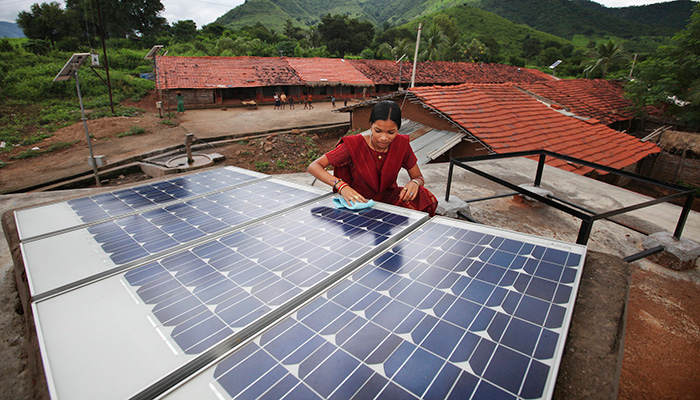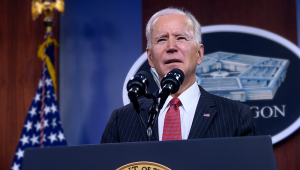Published yesterday, the plan includes a number of ambitious targets, including to quadrupling funding for resilient transport systems and leveraging $33bn in private sector financing in addition to the bank’s own within five years.
From 2017 all of the bank’s work will undergo a significant shift in the way it operates, with climate change risks being taken into account in every project.
The bank’s president Jim Yong Kim said that following the historic climate change treaty signed in Paris at the COP21 conference last December, the world “must now take bold action to protect our planet for future generations”.
“We are moving urgently to help countries make major transitions to increase sources of renewable energy, decrease high-carbon energy sources, develop green transport systems, and build sustainable, liveable cities for growing urban populations.”
Kim announced last October that the bank, already the world’s largest source of public climate finance, hopes to scale up its annual investments in climate change projects from 21% to 28% in 2020, taking its annual climate spend to $16bn.
It plans to combine this with leveraged co-finance worth $13bn a year, which would take total financing to an estimated $29bn annually – almost a third of the $100bn a year developed countries have pledged to deliver to the developing world.
The bank’s plan focuses on helping developing countries deliver on their self-defined national plans, submitted in the run up to COP21, outlining how they plan to tackle climate change domestically in the coming years.
It includes a target to add 30 gigawatts of renewable energy – or power for 150 million homes – to developing countries’ energy capacity, bring early warning systems to 100 million people and develop climate-smart agriculture investment plans for at least 40 countries – all by 2020.
This year’s strong El-Niño weather pattern, which is wreaking havoc with the world’s weather, has demonstrated how global warming can seriously impact livelihoods in regions like Africa, where populations are heavily reliant on rain-fed crops.
Much of southern and eastern Africa have fallen into severe food crises after one of the worst droughts in decades, with millions of people in need of assistance.
The bank also plans to help bring in safety nets to provide quick support to people affected by a natural disaster or economic shock for 50 million poor people by 2020, and pilot a new approach to boost urban resilience by integrating infrastructure, land use planning, and disaster risk management.
Other measures outlined in the plan include work to “green” the financial sector, design sustainable forest strategies for 50 countries and promote climate-conscious fisheries management.
“The action plan will allow us to help developing countries more quickly, and in the areas where support is most needed, such as disaster preparedness, social protection and coastal protection,” said John Roome, senior director for climate change at the World Bank Group.
“If we don’t act, climate change threatens to drive 100 million more people into poverty in the next 15 years.”














